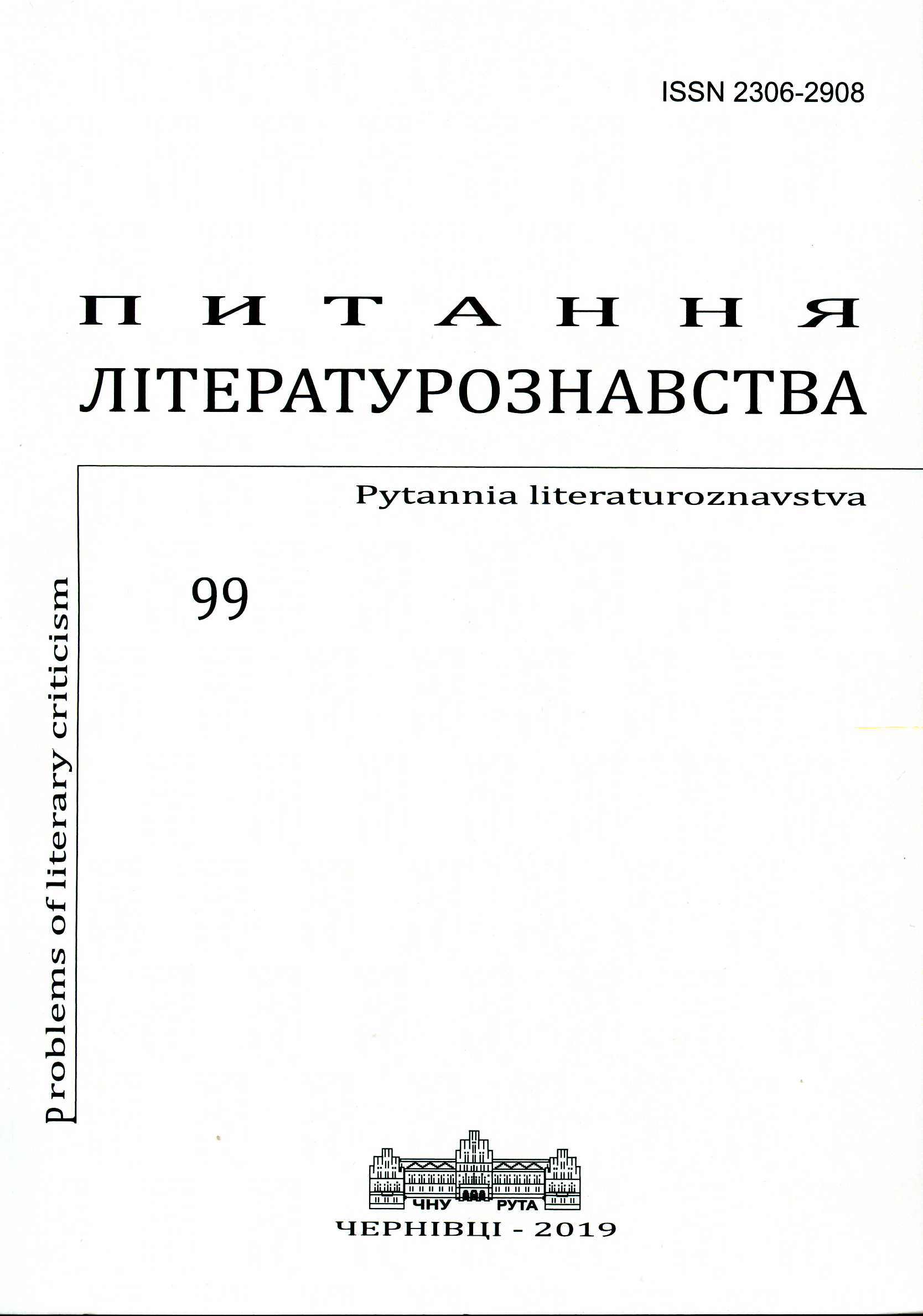Байки Байяра: художня теорія літератури чи/та/є літературознавчий роман
Bayard’s Fables: A Fictional Theory or / and / is a Theoretical Fiction
Author(s): Galyna DranenkoSubject(s): French Literature
Published by: Чернівецький національний університет імені Юрія Федьковича
Keywords: Pierre Bayard; change of scientific paradigms; anomaly; fictional narrator of the critical text; multiple reception of the critical text; theory of possible texts; contemporary French literature;
Summary/Abstract: The author wonders about the changes of scientific paradigms which have been adopted in France, by some critics, who deliberately infringe the limits laid down between literary work and review, fiction and theory, and the place usually felt as unique, of the author and the reader. In particular, Pierre Bayard’s works will be examined in detail, since he deliberately challenges, mixes and creates confusion around the characteristic touch linked to critical works and works of self-fiction. His writings will be closely examined, for they could be qualified as “trick novels”, insofar as they are places of diversion, blinding, secrecy, dupery, treachery, faux-semblant, and creating fables. The author will try to unfold and explain the nature and the processes at work within the categories and the literary and theoretical concepts used by P. Bayard. Only under that condition one will be able to appreciate the originality of the infringements of that author who, just like his reader is taken by his shrewd capacity to tell his stories, and is seduced by his style, enjoys maliciously to read, breaking the rules of an ordinary reading of the classic works of literature, which sometimes is a scandal in the eye of the mainstream critic. Such a hermeneutic way leaves the reader a large share of the pleasure of reading, since he or she is fussy and reacts to the smallest detail suggested in the text, and cannot be fooled either by the author or by the interpretative consensus. The sideways move made by Bayard is based upon on concepts he borrows from various fields of knowledge (poetry, psychoanalysis, narratology, history of literature, stylistics, etc.) which at the same time shed light on the studied text and are explained by it, since a critical posture is claimed here in an immanent way, far from any mechanical use of an extrinsic “concept toolbox”. One can quote as examples of notions the following: the fictional narrator-critic, the literality and self-fiction within the critical text, the metacritical fiction, the metafictional discourse, the multiple welcomes of the critical text, etc. Bayard’s œuvre is no hapax, no critical, isolated, brilliant hapax – close to a hoax, as far as the more sceptical are concerned, one must say, and regret – but is part of a stream of practice of writing which (both from the critic’s and the author’s point of view) is very promising in the perspective of getting literary theories out of their academic humdrum; it is that new use of literature sometimes coined as the poetry of possible texts which has some kind of relationship with Julien Gracq’s watchword “En lisant en écrivant”.
Journal: Питання літературознавства
- Issue Year: 2019
- Issue No: 99
- Page Range: 111-134
- Page Count: 24
- Language: Ukrainian

